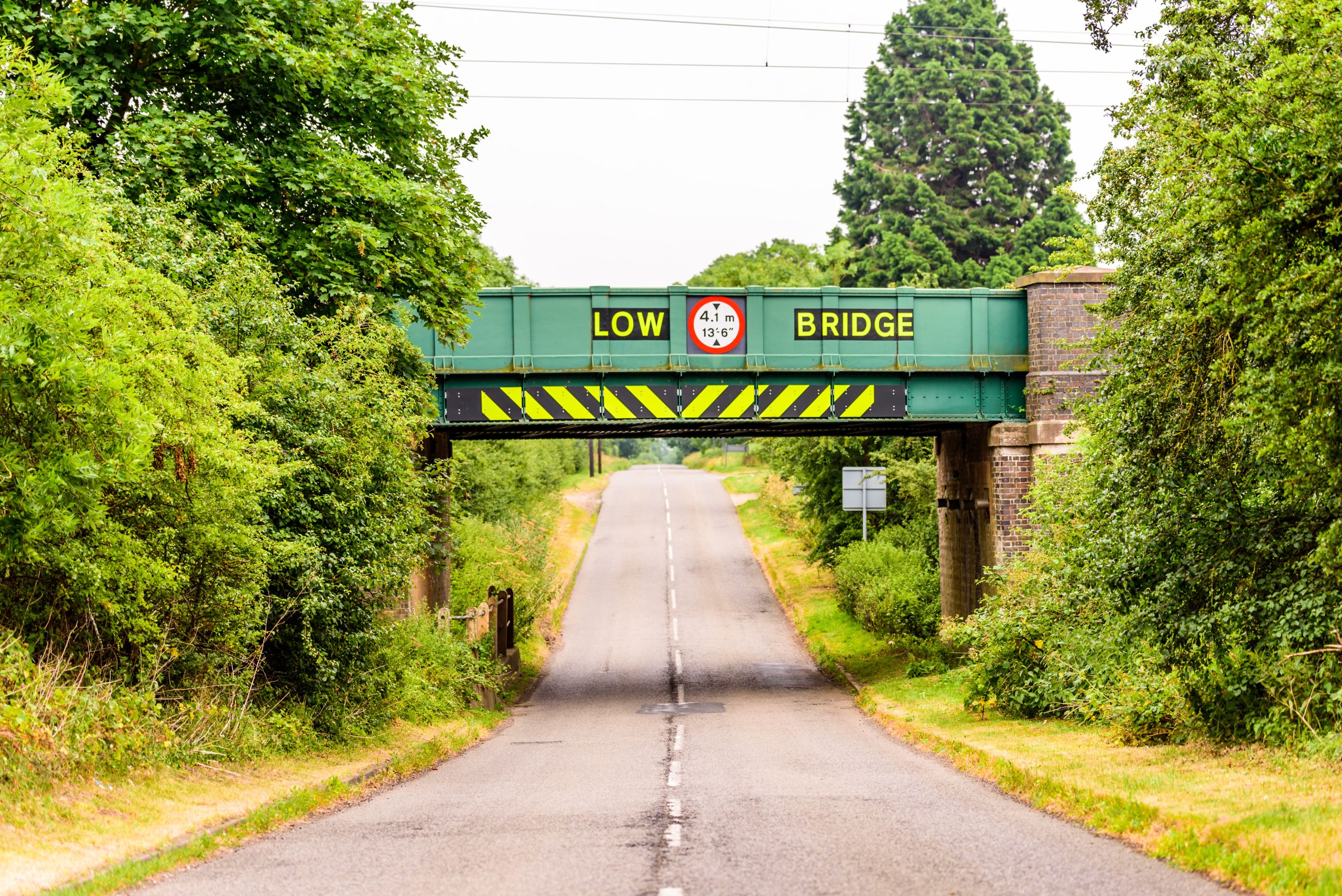Situational awareness is the ability to understand and interpret the elements of your environment this includes people, objects, items of plant and rail infrastructure.
It involves staying aware of what is happening around you, processing this information, and understanding the implications of your actions – often in situations where individuals and teams are under pressure, in complex surroundings with multiple risks.
Why situational awareness for track workers is under the microscope
It is vital for track workers to be continually alert to their surroundings. The Rail Accident and Investigation Board (RAIB) has frequently highlighted a loss of situational awareness as a contributing factor to accidents and near misses on the railway. You can find examples of this on the RAIB website.
Being constantly alert is not always possible, this is highlighted in the RAIB report covering 2022, which highlights track worker safety as a key priority – and sets out recommendations for improving awareness for teams working near open lines or live tracks.
A loss of awareness can be caused by numerous factors such as distraction, overfamiliarity, working in a new location, or a change in working pattern – such as transitioning from days to nights.
What does situational awareness cover?
Decision-making
Situational awareness forms the foundation for effective decision-making. Having a clear understanding of the environment allows you to make informed choices and respond appropriately to circumstances.
Risk Management
In high-risk environments, situational awareness is essential for identifying potential hazards and taking preventive measures to mitigate risks.
Safety & Security
Situational awareness plays a significant role in maintaining safety and security. It enables early detection of threats or emergencies, allowing for swift and precise responses.
Collaboration
In team-oriented settings, effective communication and collaboration among team members are crucial for maintaining collective situational awareness.
Training & Development
This can be enhanced through team building and health and safety awareness days – the OWL (Onwave Locator) team frequently attend, present, and demonstrate our geofencing product OWL at Health and Safety days – if this is of interest then drop us an email.
Our in-house developed geofencing wearable devices – OWL have product acceptance from Network Rail – and we can offer complimentary demonstrations for you and you team.
Further Reading
Behavioural Safety – Safety Central (networkrail.co.uk)
RAIB: Annual Report 2022 (published 2023) – GOV.UK (www.gov.uk)






